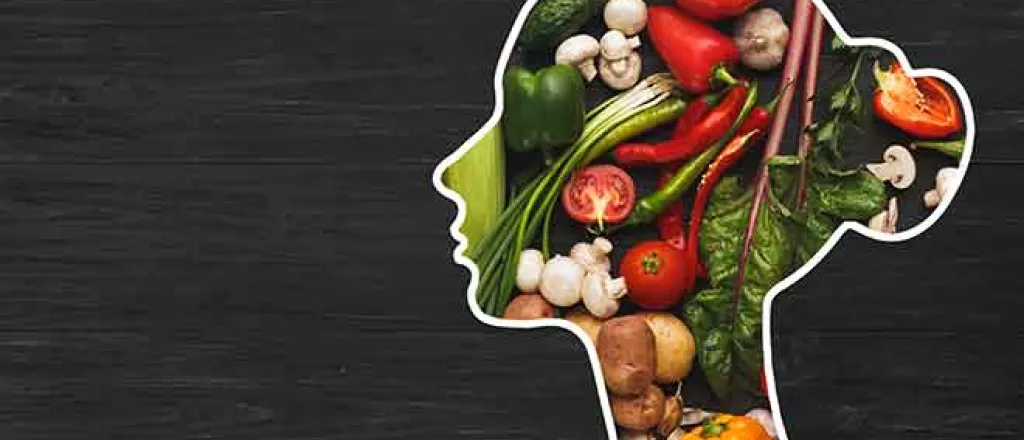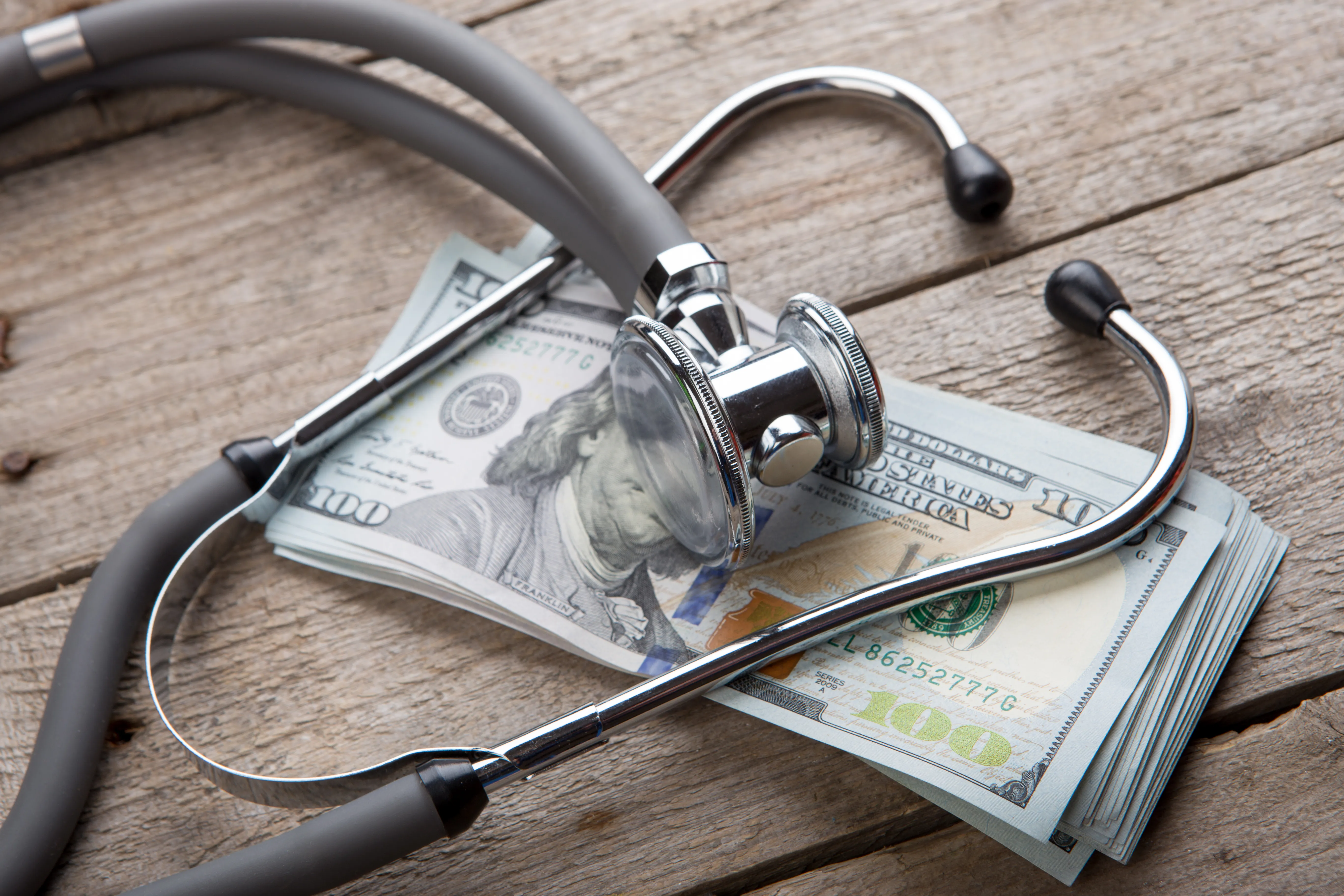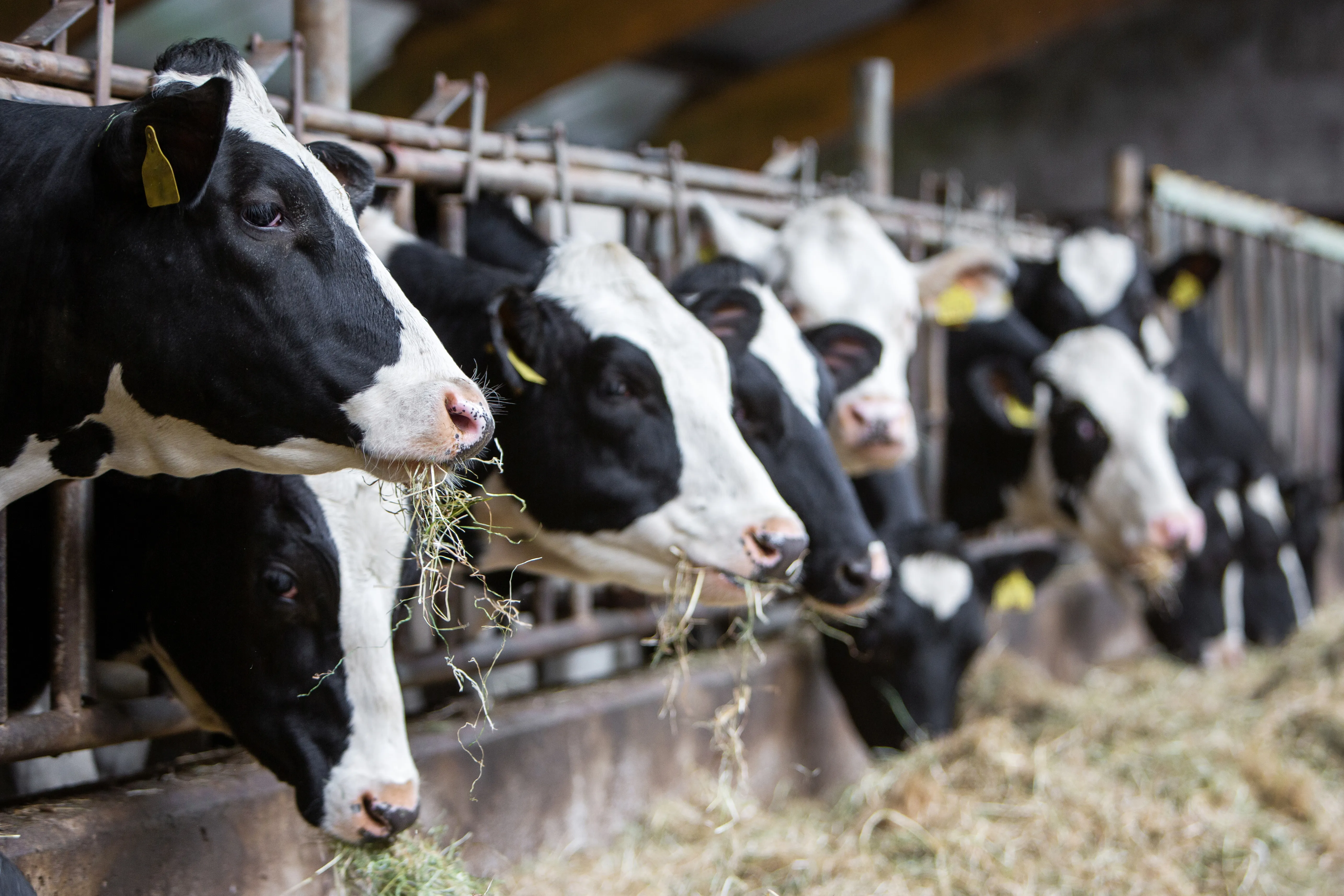
Dear Dietitian – How can I adjust my diet for gastroparesis?
Dear Dietitian,
I have gastroparesis, and it’s causing a lot of pain. My doctor gave me a list of foods to avoid, but I still have problems. Do you have any suggestions?
Dorothy
Dear Dorothy,
I sympathize with you. While in clinical practice, I saw patients suffering from gastroparesis. It’s a tough place to be. For readers who are not familiar, gastroparesis (GP) is a condition where the stomach does not empty normally. The term “gastroparesis” literally means partial paralysis of the stomach. The condition occurs when there is damage to the vagus nerve, which is the nerve that controls how food moves through the digestive tract.
Under normal circumstances, the vagus nerve signals the brain to activate muscles in the stomach and intestines to contract, a process known as peristalsis. These contractions move food from to stomach and throughout the intestines for digestion. With gastroparesis, the process is inefficient, leaving food in the stomach for prolonged periods of time.
Symptoms of GP include nausea, vomiting, bloating, and abdominal pain. In some cases, the root cause of GP is uncontrolled diabetes. If you have diabetes, your healthcare provider will help get your blood sugars under control.
Treatment for GP includes medication and diet modifications. Another relatively new treatment involves a neurostimulator that is surgically placed in the stomach. The stimulator sends electrical pulses to trigger peristalsis in the lower stomach, thereby aiding in the digestive process.
Some general dietary guidelines for GP include small, more frequent meals and consuming foods low in fiber and low-fat. Taking in small, more frequent meals simply leaves less food for the body to process at one time. You can divide meals in half, then eat the remainder about three hours later for a snack. It’s important to chew food well to alleviate some of the work for the digestive system. Drink plenty of water and non-caffeinated beverages to aid in digestion.
Foods high in soluble fiber, such as oats, apples, and beans, slow the movement of food in the GI tract. You will need to avoid these foods. Choose canned fruits and vegetables instead of fresh, and make sure vegetables are cooked until soft.
Even though insoluble fiber, like that found in whole wheat products, speeds gastric transit, it causes the GI tract to contract more frequently. The extra contractions may result in abdominal pain. Opt for white bread and pasta and avoid bran cereals.
Foods high in fat, like hamburgers, hot dogs, butter, potato chips, and sweets, move out of the stomach more slowly than carbohydrates and proteins. It is wise to limit fat. Choose lean proteins, like turkey or chicken breast, ground round beef, pork tenderloin, and whitefish. A lean protein contains three grams of fat or less per ounce.
These are some general guidelines to help control the symptoms of GP. Consult a Registered Dietitian Nutritionist (RDN) for a more detailed meal plan. Most insurances will cover the cost.
Until next time, be healthy!
Dear Dietitian
Leanne McCrate, RDN, LD, is an award-winning dietitian based in Missouri. Her mission is to educate consumers on sound, scientifically-based nutrition. Email her today at deardietitian411@gmail.com. Dear Dietitian does not endorse any products, health programs, or diet plans.

















